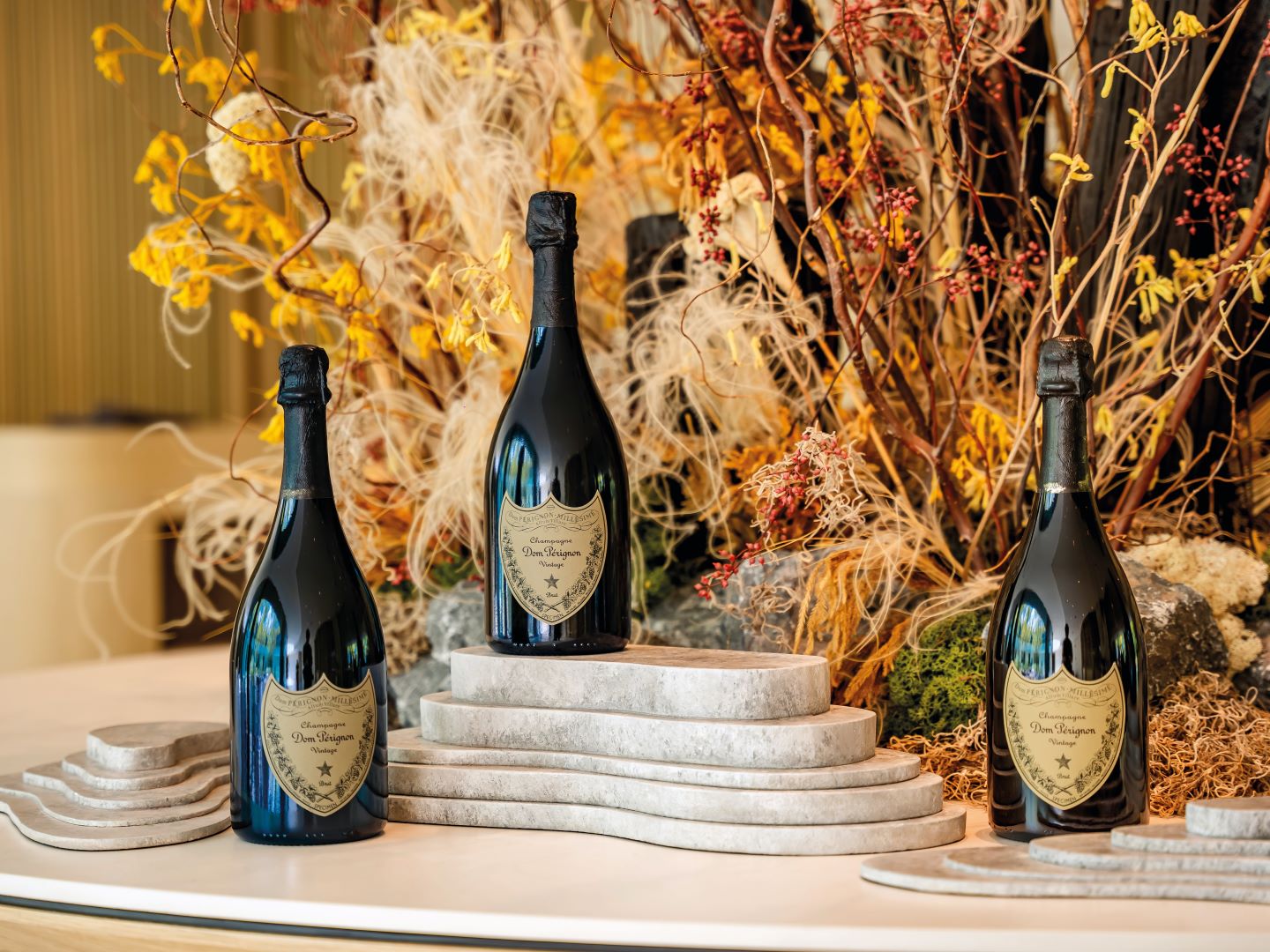
Dom Pérignon vintages are recognised around the world as symbols of French winemaking savoir-faire (All photos: Dom Pérignon)
The widely shared story of French monk Dom Pierre Pérignon inventing champagne is a tale as old as time. Sorry to burst your bubble, though, dear readers — said anecdote is most certainly apocryphal as the fermentation that made still wine froth was an accident and a manufacturing error. Nevertheless, Pérignon, a cellar master at the Benedictine abbey in Hautvillers, was accurate about one thing: The effervescent elixir did taste like drinking stars.
Historians claim that the oldest recorded champagne originated in the Abbey of Saint-Hilaire near Carcassonne in 1531, and it was only in 1670 that Pérignon pioneered a number of techniques to improve the final product, such as blending the fruit varietals and enhancing the tendency of wines to retain their sugar to naturally induce a secondary fermentation in spring. Fast forward to the future, and just about every winemaking region in France has a sparkler but note that it may not be vintage. To qualify as such, like Dom Pérignon, one must only use grapes from a single year.
Your birthday card was wrong; age is not just a number, at least where maturity is concerned. This resonates more so with the vineyards, where the duration of production can be the difference between a sublime old bottle and expired vinegar. So, what can 2015 tell us? Adele, who began writing songs again at 25, greeted the world stridently with her hit Hello while Leonard Nimoy, Spock of Star Trek, poignantly bid us goodbye. However, something more worrying was dominating the headlines: That year was marked by stark contrasts in climate, starting with a particularly cold spring, followed by a prolonged period of hot, dry weather that lasted until the end of August. Farmers were severely affected but then again, Dom Pérignon was no stranger to the vicissitudes wrought by the shifting and capricious conditions of today’s warming planet.
img_2_1.jpg
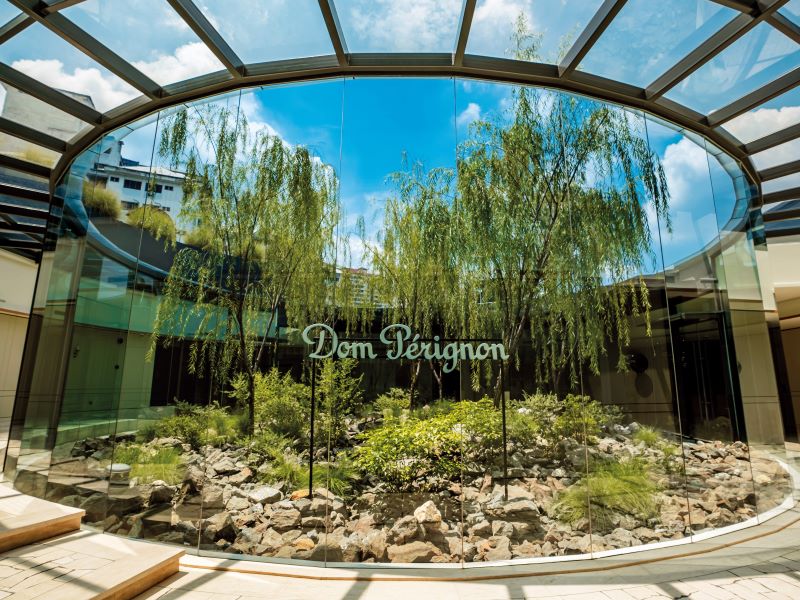
Finally, when harvest began on the seventh day of September under the brilliant sunshine, the vines were found to be impeccably healthy, revealing pinot grapes with exceptional “generosity”, a robust character that led to an expressive and full-bodied trait.
“The Dom Pérignon Vintage 2015 stands out because it has a soothing strength and prominent ‘tactile’ presence, which produces clear, clean flavours drawn in straight lines rather than curves,” explains Patrick Madendjian, managing director of Moët Hennessy Diageo Malaysia and Singapore. An ordinary tasting often fails to give a complete picture of a wine as it eliminates the context that allows a vintage to show its best, either in the presence of food or company. Therefore, it is only fitting that a full pairing takes place at Kuala Lumpur’s hottest dining address at the moment: Potager in Bamboo Hills.
Saving the 2015 for later, the restaurant starts off with miniaturised tours de force that sharpen the appetite for the onslaught of bowls and platters. If anyone knows about tweezing tiny flowers onto a scallop ceviche or piping preserved lemon puree into a beignet topped with octopus, and leaving you fulfilled rather than fractious, it would be head chef De Wet Visser. Primarily vehicles to showcase a restaurant’s artistry and one-upmanship, strikingly savoury amuse-bouche automatically prompts one to cup their hand in anticipation of a fizzy glass. Dom Pérignon highly suggests you go with the 2013, a meeting between Pinot Noir and Chardonnay with a delicate nose that unfolds in swaths of yellow-orange mirabelle plums, apricot, powdery white flowers, rhubarb and lastly, silvery saline and mineralogy of ash.
img_15_2.jpg
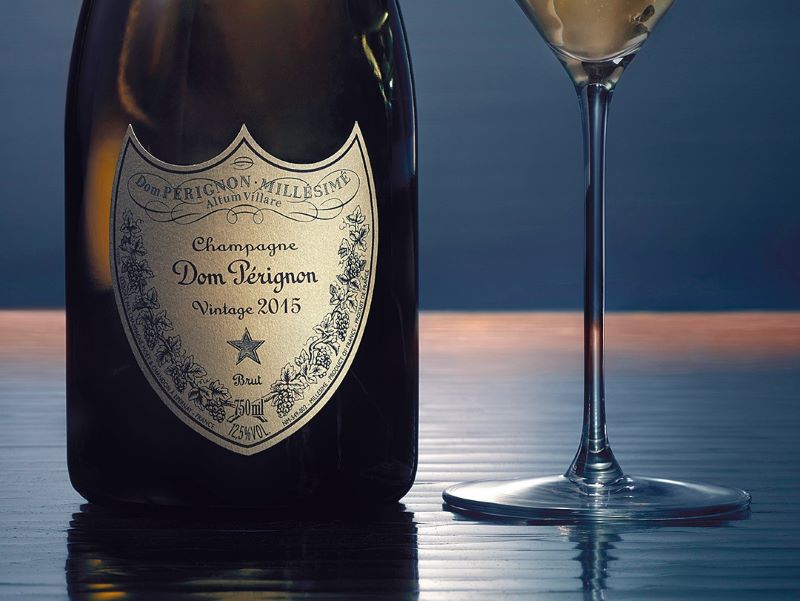
The fashionable script for today’s fine dining requires diners to eat with their eyes first, and knowing Potager, you could have asked for a salad and gotten one that looks as if it was crafted by Jackson Pollock. Our leafy bouquet, though not artfully scattered, is coiffed into a mini Scandinavian landscape anchored by calamansi-glazed poached Boston lobster. Visser tells us some of the greens and herbs — lush, colourful and refreshingly crisp — are grown in the restaurant’s backyard, and we are beginning to think that a few woodland nymphs are actually tending to them.
The tang from our crustacean ensemble prickles the palate ever so slightly, and this calls for a tipple to be nursed alongside. The 2015, exuding an aromatic profile with a full and long-lasting finish, is a compatriot for seafood or fish that will have you hooked. Potager follows up this felicitous combination with a sea bream topped with yuzu foam, which releases its tartness on the tongue without coating it. Working with a spoon through the layers is akin to wading through clouds in search of tiny treasures. True enough, juicy white clams were hidden beneath.
Small plates, fortified by seasonal ingredients and innovative preparations, announce their presence with new authority. But in fact, they prime your tastebuds for something grander, like our main: Shiga prefecture’s Omi wagyu, said to be the oldest beef brand in Japan since the Edo period. The room immediately buzzes with excitement, probably because content diners have found a place that serves this A5 marvel properly — seasoned with salt and perched on a pedestal at the table so we can worship. The sweet pepper chutney on the side cuts through the grease, while the tannic structure of the accompanying Rosé 2009, dancing with notes of rose, orange oil and saffron, coaxes flavours from the buttery meat. If the slab was any richer, it could probably be spread on sourdough.
img_6_omi_wagyu.jpg
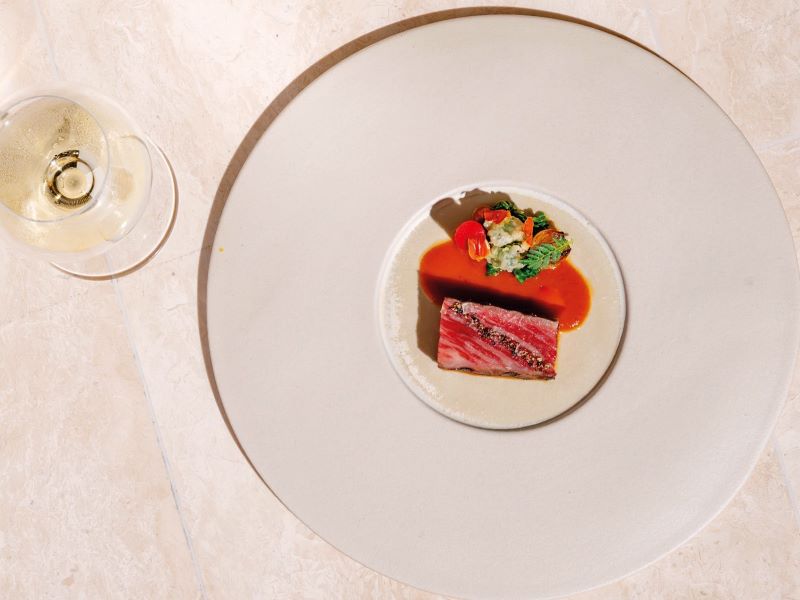
Course after course arrives, and food runs into one another until we end up with a final medley of sorbet, granita, meringue and cacao tart. The latter, served alongside a passionfruit curd sorbet crowned with crispy banana chips, shows that even a South African chef helming a French-leaning kitchen can reach high into his cupboard of Asian ingredients without pulling a muscle. Malaysia’s natural offerings have opened Visser up to a whole new creative process.
“I grew up on a farm so I’ve always connected with the idea of bringing flavours from our surroundings to the table. Working at Potager, and being around so many fearless chefs, has offered various opportunities to experiment with different local ingredients. The restaurant is hitting its one-year mark, and we’re grateful for the attention we’ve received, just like this collaboration with Dom Pérignon. However, we will definitely strive harder because our mission from day one is to aim for a Michelin star or a place on the 50 Best list. I think we should have some good news in the next few months,” teases the 33-year-old.
img_29_1.jpg
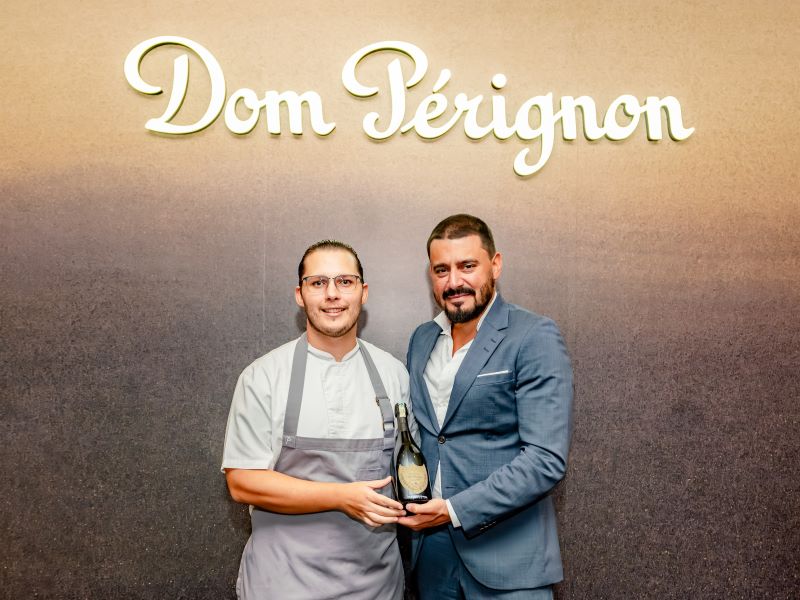
Madendjian, convinced that fine dining should surprise, delight and inform, agrees that an establishment should always prioritise consistency. “Malaysia and Thailand have the most exciting dining landscapes in Southeast Asia at the moment. Having said that, the quality of sommeliers in KL, and their knowledge, still needs to improve greatly. As someone who recommends wine, you can’t just take something from the suppliers and sell it to the customers. You need a restaurant with the financial capacity to build a reputable cellar because all these bottles are cash being invested. Additionally, the product quality is paramount. At Dom Pérignon, for example, if one year [of harvest and production] is not like what we expect it to be, we don’t call it vintage. The financial implications can be traumatic.”
An esteemed restaurant commands a great deal of control over the direction it wants a menu to progress, based on the choice of wine and how dishes interact with the previous course. But does it always matter what you fill your flute with when having a good meal? Dom Pérignon parts with a nugget of wisdom: You can drink champagne all year around, with most sorts of food. It can be enjoyed for any occasion, but more importantly, for no occasion at all.
This article first appeared on Sept 2, 2024 in The Edge Malaysia.


